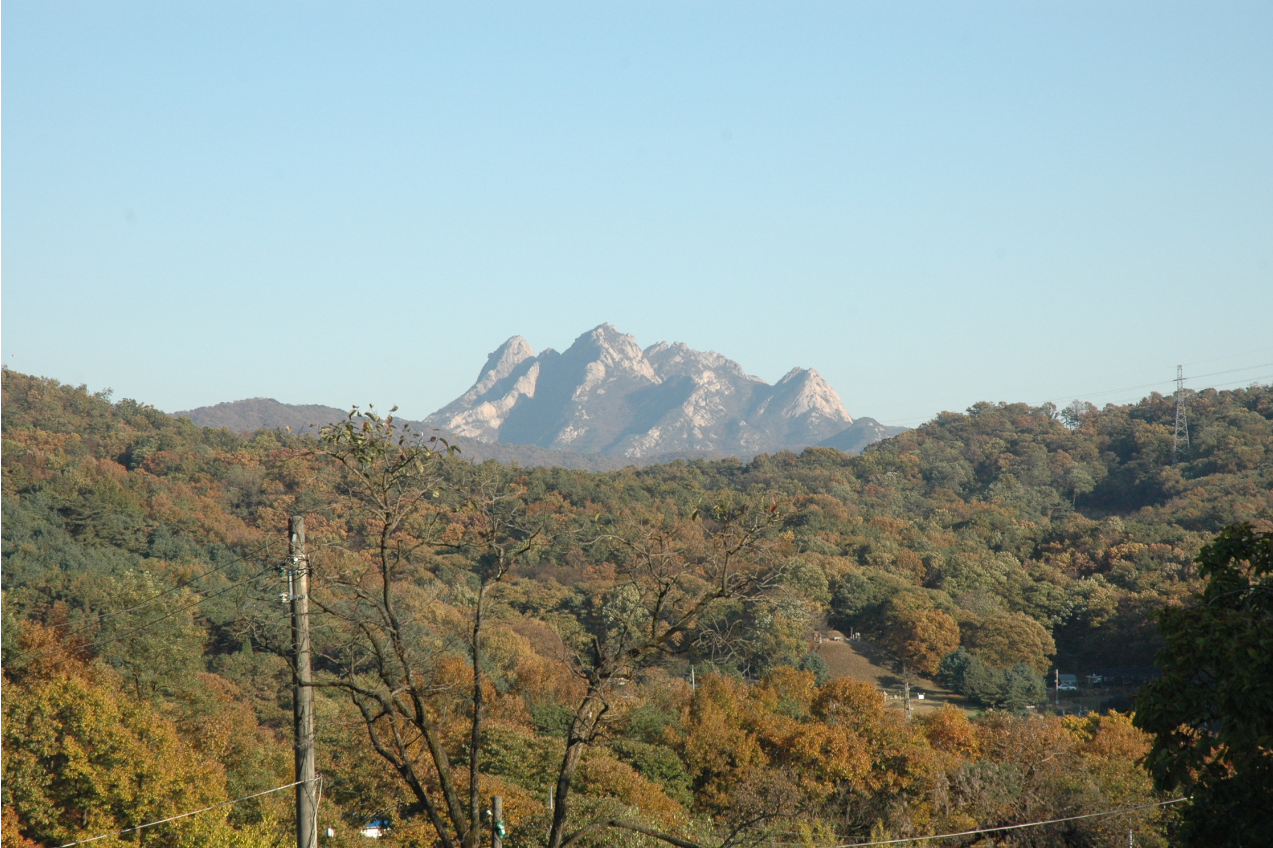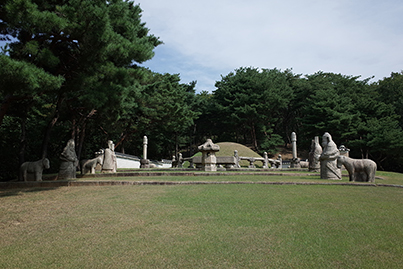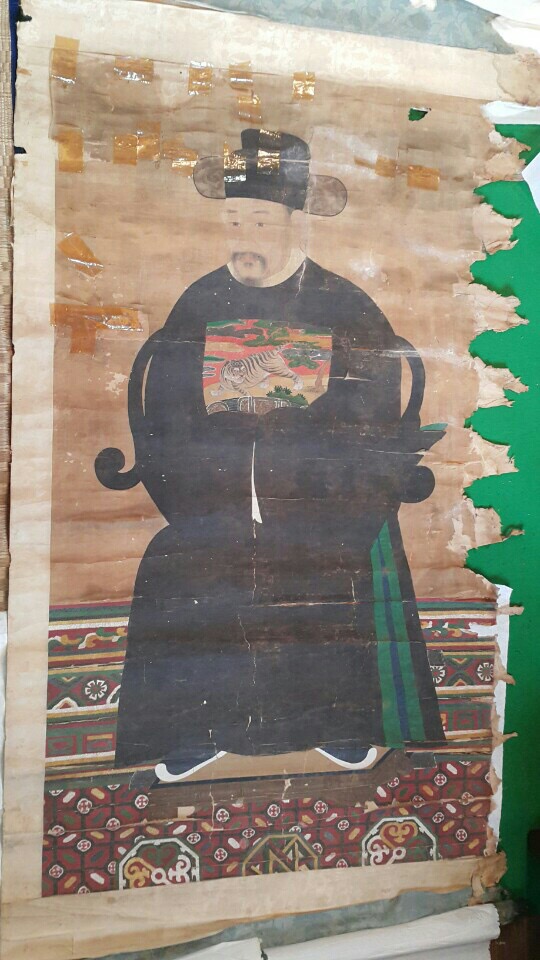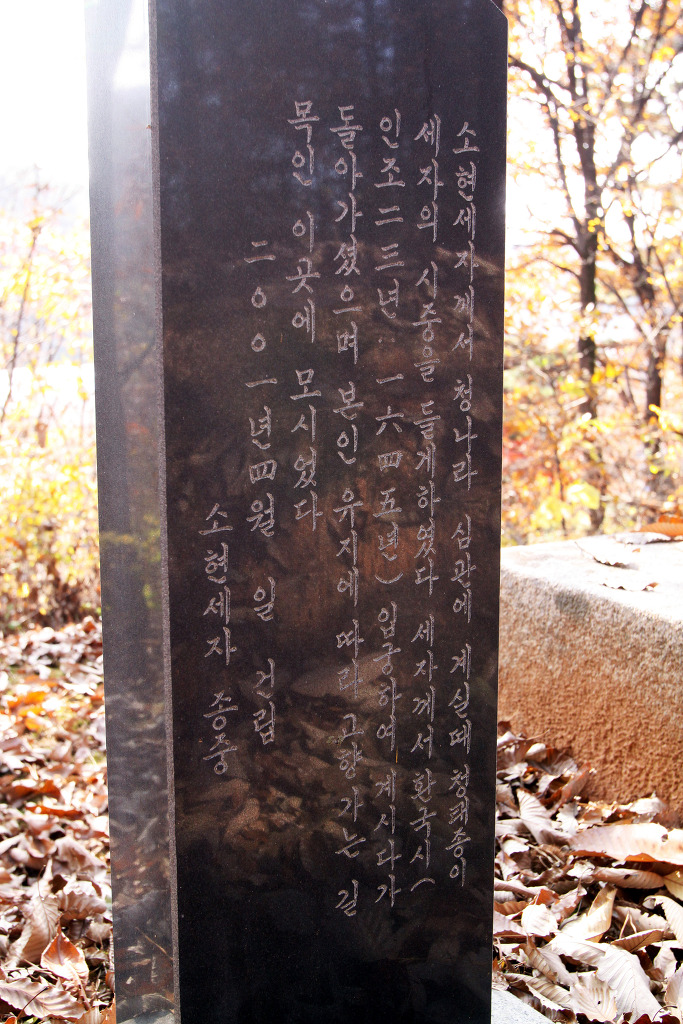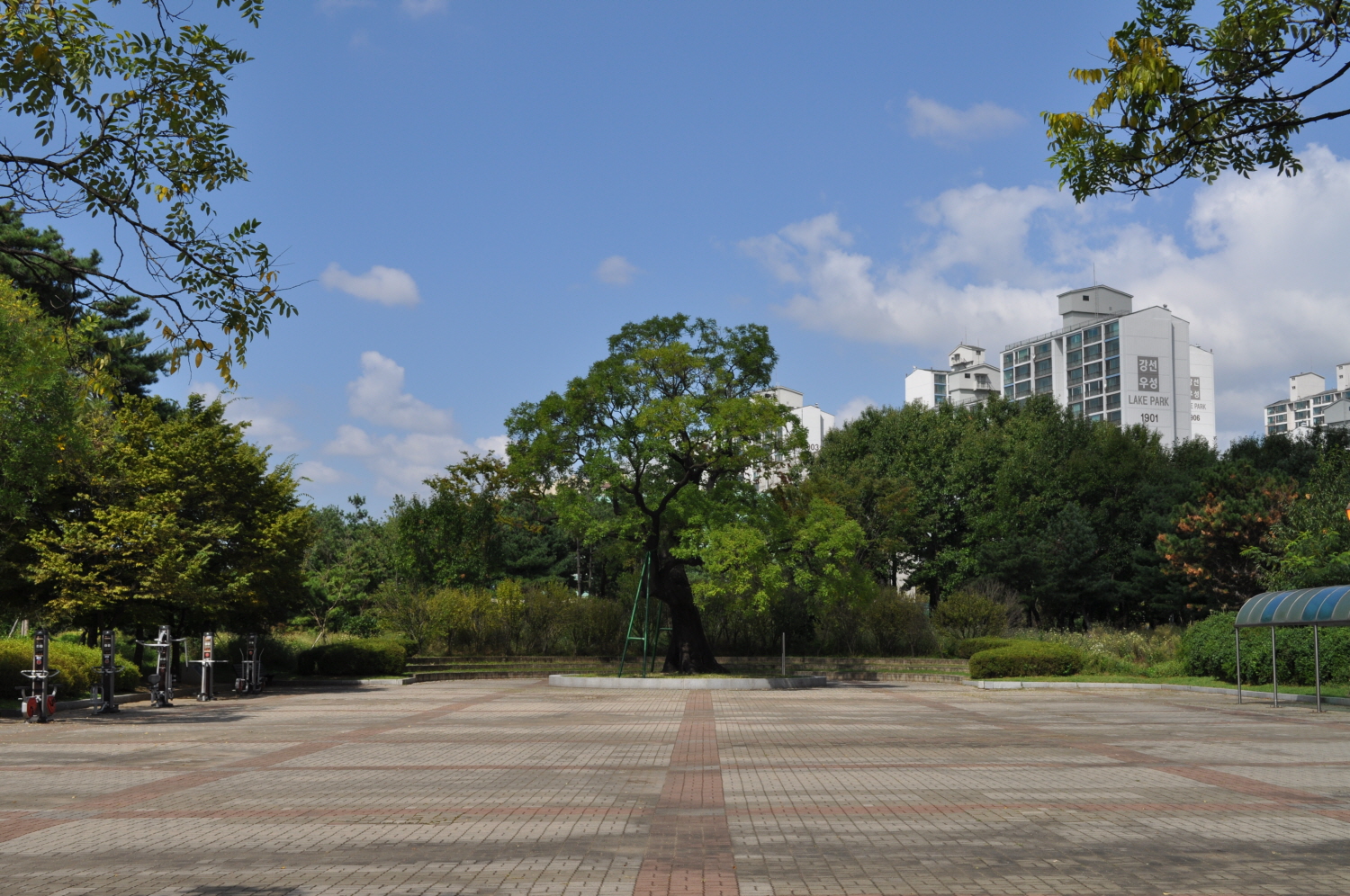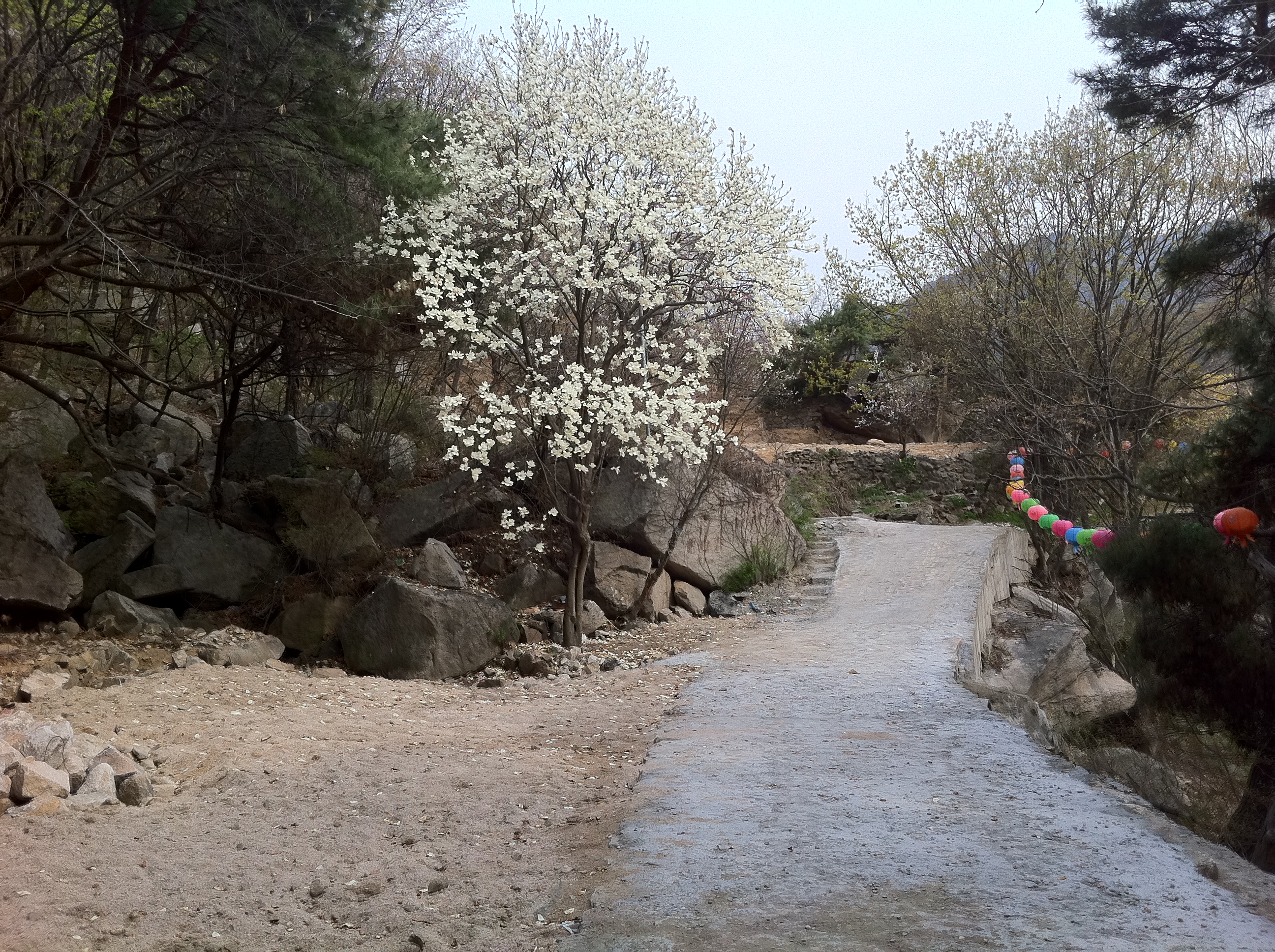![History them stories of 39 dong’s community service center]()
History them stories of 39 dong’s community service center
It is content with my subjective ideas; it would be good to use to establish identity of each dong, improve knowledge of history, usage for festivals, and usage of names.
If you may need additional resources, historical research, advice, site visits, I would like to help.
1. Deogyang-gu
Jugyo-dong : Baedari in Korean, Dansan Buwongun Sir Lee Mu, Sir Park Youong-gwan, donator of the city hall land. Renown Figure of Chung-won Park, Baedari Nuri-gil
Seongsa 1-dong : Byeolmorae in Korean, Remains of Ki Family of Haengju (Writing of Seokbong Han), Suyeoki Jangsu Villag, Wondang Traditional Market, Lee’s Shopping
Seongsa 2-dong: Uhulrimgwa Buldang-gol in Korean, remains of Sir Kwon-hui, Guksabong Peak of Seolla Mountain, Legend of Baby General
Wonshin-dong : Wondei in Korean, Saewon, Royal Tomb of King Gongyang Seosameung, Great General Wolsan, Iron Village of Songgang, Gongneung River, suburban railroad
Heungdo-dong : Kawajibyeopssi Museum, Celadon Kiln Site 가Sir Seoktan Lee Shin, Sir Lee Chook, Eunji Village, Huisu Shim, Tahong Il
Shindo-dong : Sutdol Gogae, Goyang High School Auditorium, Hanbooknuri-gil, remains of Park of HAmyang, Pine Tree, National Boundary Monument of Baedusan Mountain and Jinam Kim
Hyoja-dong : Bukhan Mountain Fortress, Mukhan Mountain, Wonjeungguksa Protection, Heungguksa Temple, Painting of Hongdo Kim, Tomb of Yoongil Hwang
Changneung-dong : Seoonreung, King Sukjong, Huibin Jang, Rice Grandmother statue, Aengbong
Hwajeon-dong : Gotbat in Korea, Manwol Mountain, Kyeongui Line, mural Village, Tomb of Yoon Im
Daedeok-dong : Daedeok Mountin, Daedeok Ecological Park, Remains of Sir Min Soon, Habok of Daetae Village, Juniper Tree
Goyang-dong : High light in Korean, Goyang Confucian Academy, Latin American Museum, Tiger Cave, Great Lion Statue, Goyang-dong Nuri-gil, Uiju-gil, Gingko Tree
Kwansan-dong : Tomb of General Choe Yong, Yeongsajeong Hanok, Kim Hong-jip, Noodles with spicy fish stew, location of old Goyang-gun office during the mid-Joseon Dynasty, Songgangnuri-gil
Hwajeong 1-dong : Flower Water in pure Korean, Gugsabong Peak, Pear, Flower Pond Park, Haengjunuri-fil, Pear flower
Hwajeong 2-dong : Cold Well in pure Korean, Children’s Museum, Street of Hwajeong Culture
Neunggok-dong : Neunggol in pure Korean, Neunggok church, Neunggok Station, Neunggok Station, Chugang Nam Hyo-on, Yongju Mountain, Legend of Genbidari, Jeong Siblings
Haengshin-dong : Happpy and Exciting Village, Bongdaesan Beacon Fire Station, Garamoe Religious Ritual for the mountain spirit, Son Family of Boseong, Gangmaeseokgyo, Sir Sinhyo, Baedagol Museum, Haengjunuri-gil, Haengshin Station, Tomb of Kang of Jinju (General Yu-hyeong), Ochoong Temple
Haengju-dong : Salgumaeul (apricot village) in pure Korean, Han River, Haengju Mountain Fortress, Haengju Catholic Church, Haengju Confucian Academy, General Kwon Yul, , independence activist Jang-heung, Noodle, anchovy, eel, Haengju yeoksanuri-gil, Nakjo Corrective Training Institute, Haengju Historical Park, Song of Dosan An Changho’s National Anthem
2. . Ilsan Dong-gu
Gobong-dong: Gobong Mountain, Seongbong Seowon and Goyangpyeon, Maedanghong, Seongbong, Yeongdong, Yeongdong, Seongdong, Seongdong, Seongdong.
Pungsan-dong: maple trees, citrus fruit, Chungcheongdong zelkova, Aegeumgol (aniol), Hwangbok legend story
Dining: Mt. Mt. Sungdong, Noodle Story, Legend of the Cultural Heritages Myeong-Gyun Mausoleum,
Zhongshan-dong: Gobongsan, Gobong Nuri-gil, Young Ang, Stone Changsha, Mugunghyo Mausoleum, Han-si Beauty
Jeongbalsan-dong: Jeongbalsan, Namsaishi-cha, President Kim Dae-jung, Chae-jae Kim, Jeong-guk Sensei, pretty houses.
Janghang 1-dong: Han River, Ilsan Rice, Janghang Marsh, Iron Fence, Peace Nori Road, Salt, Warehouse, Deer
Janghang 2-dong: Seorak Korean Lacquerware, Lake Park, Painting Tree, 600-year exhibition hall, flower fair, cultural street
Madu 1-ga: Seon-kyung horse, Gyeonggi center line, Baekma station, Baekmae school, Pretty house,
Madu Bldg. 2: Funny Origin of Dangdaedgut, Jealoussa, Redemption, Gangchon Village, Myongdang Ilsan Dong-gu Office. Company Finance
Baekseok 1-dong: Seolleuren mudstone, Baekseok hindolje, Nogosan
Baekseok Bldg: Somalia Bridge, Almi Park, Gyeonggi-eup, Yongchae-do, Dochon-gil, Ilsan Rice
3. Ilsan Seo-gu
Ilsan 1-Dong: Halmi (Hanmoe) in pure Korean, Ilsan Cathedral, Ilsan Middle School, Mural painting, Dokjeongi Pass
Ilsan 2-Dong: Old Ilsan Station, Ilsan 5th Day Market, Ilsan Elementary School, Waya Village, Gyeongui Line, Ilsan Market, Hosu Teahouse, etc
Ilsan 3-dong: Dwitgol in pure Korean, Imuljae Mountain, Academy Village, Gyeongui Chungbal Mountain Nuri-gil
Tanhyeon-dong: Sutgo-ge in pure Korean, Huangryong Mountain, Gongyu Chungbal Mountain Nuri-gil, Geumjung Cave, Gobong Nuri-gil, Paleolithic ruins
Juyeop 1-Dong: Kangjae in pure Korean, Kangseon, Tree leaves, Culture village
Juyeop 2-Dong: Min-maru in pure Korean, Gol Hill, Omari legend, Baby Commander legend
Daehwa-dong: Kawaji Rice seed, Seongjeo Fortress, peat deposits, ecological park, Seongjeo town, Goguryeo Fortress
Songpo-dong: Songpo Rice, Extinct ruins, Isanpo Dock, Beopgot-dong ginko tree, Gansodadong Ginkgo, Songpo hoe rack, Daehwa Elementary School, Wang Mountain
Songsan-dong: Sir Ik-phil Song of Gubong, Natural Monument Songpo Lacebark Pine Tree, Pyeonghwa Nuri-gil, Jangsan Cooperation, Songpo rice, Gajwa Ginkgo tree, Duk-i-dong- Zelkova tree, tomb of Sir Daejeong Yu, National Cemetery, , Taegeukdan, Cultural Street of Duk-i
